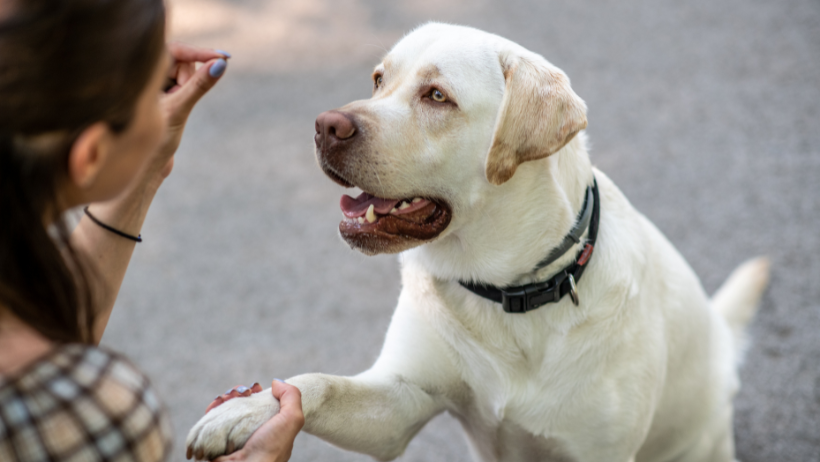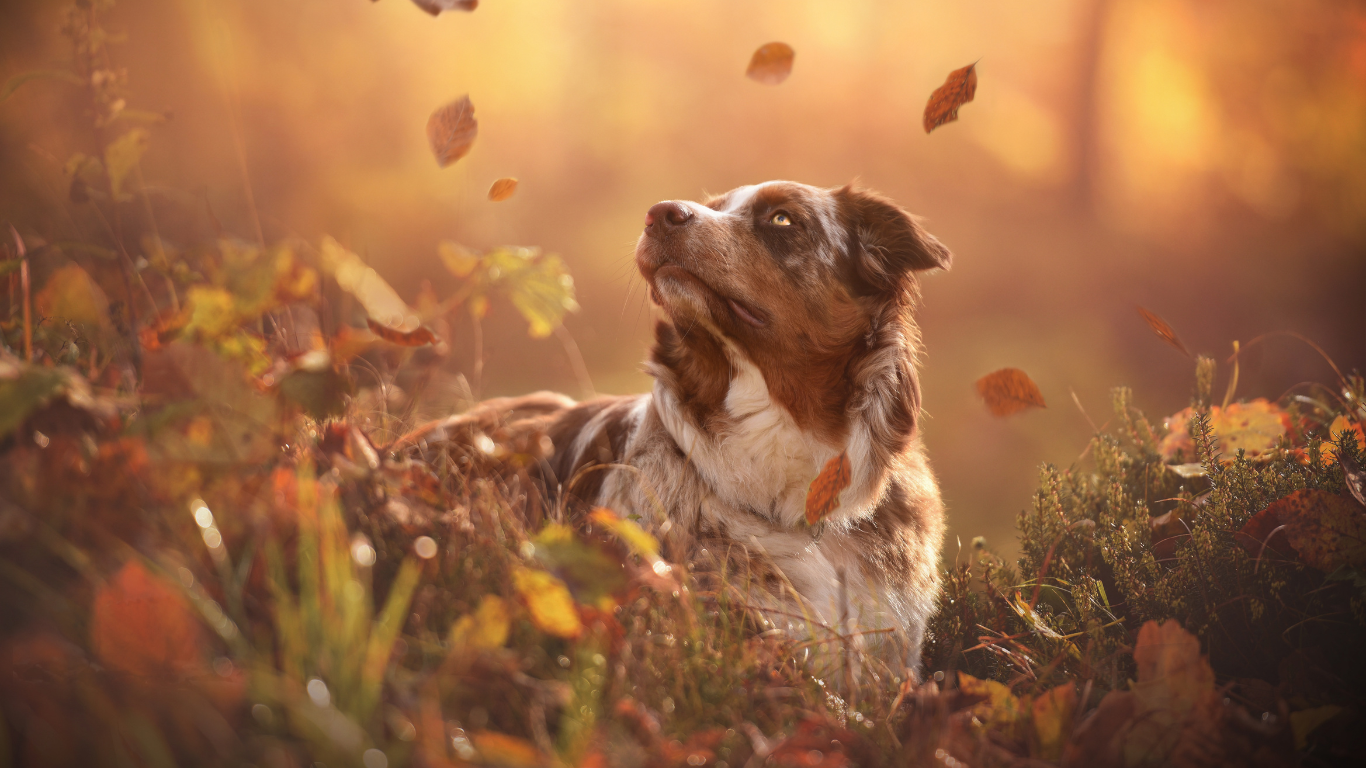
Positive Reinforcement
Share
Embarking on the journey of training your furry friend using positive reinforcement is not only effective but also a delightful experience for both you and your pup. Here's a comprehensive guide with tips and tricks to make those early stages of positive reinforcement training a resounding success.
1. Establish a Clear Communication:
Positive reinforcement relies on clear communication. Use consistent cues and signals to convey your expectations. Whether it's a specific word, gesture, or clicker sound, clarity is key.
2. Identify High-Value Rewards:
Discover what truly motivates your dog. Whether it's tasty treats, a favorite toy, or affectionate praise, use high-value rewards during training sessions to keep your pup engaged and eager to learn.
3. Start with Basic Commands:
Begin with fundamental commands like "sit," "stay," and "come." These basics form the foundation for more advanced training and help your dog understand your expectations in various situations.
4. Timing is Everything:
Timing is crucial in positive reinforcement. Deliver treats or praise immediately after your dog performs the desired behavior. This instant reward strengthens the connection between the action and the positive outcome.
5. Be Patient and Consistent:
Patience is a virtue in dog training. Stay consistent with your commands, rewards, and expectations. Dogs thrive on routine, and a consistent approach fosters a positive learning environment.
6. Short and Sweet Sessions:
Keep training sessions short and focused. Dogs have shorter attention spans, so aim for sessions that last around 5-10 minutes. End on a positive note, even if it means mastering just one command during a session.
7. Positive Association with Training:
Make training a positive experience. Create a designated training area where distractions are minimized. This space becomes associated with the enjoyable activity of learning, making your dog eager to participate.
8. Progress Gradually:
Gradually increase the difficulty of commands as your dog becomes more proficient. This builds confidence and prevents frustration. Celebrate each small victory, and your dog will be motivated to tackle more complex tasks.
9. Capture Good Behavior:
Catch your dog in the act of good behavior and immediately reward it. This reinforces positive actions and helps your pup understand what behaviors are desirable.
10. End with Playtime:
Wrap up each training session with a bit of playtime. This not only serves as a reward for your dog's hard work but also strengthens the bond between you and your furry companion.
11. Stay Positive and Enjoy the Process:
Positive reinforcement is not just about training your dog; it's about building a positive relationship. Enjoy the process, stay upbeat, and celebrate the unique personality and progress of your four-legged friend.
Embracing positive reinforcement in the early stages of training lays the groundwork for a well-behaved, confident, and happy dog. With consistency, patience, and a pocketful of treats, you and your pup will navigate the training journey together, creating lasting bonds and cherished memories.

